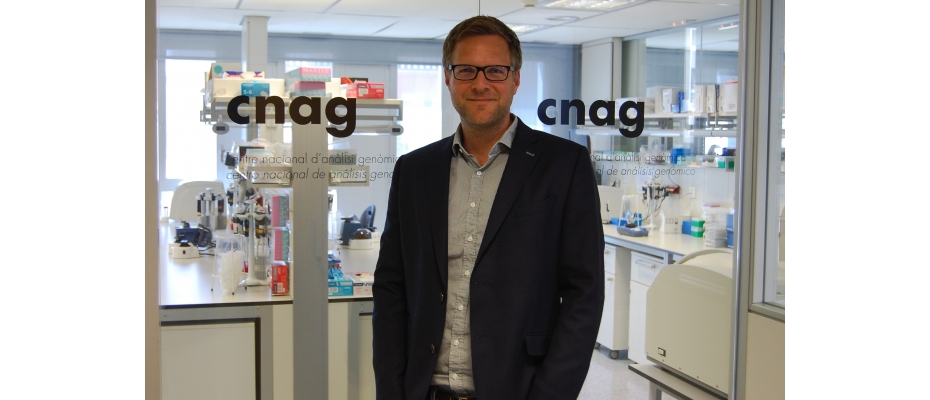
BCN, 6 April 2020.- All cells share the same DNA, yet there are many cell types. They vary enormously within the body, and express different sets of genes. To describe all of a cell’s functions and to understand the biological networks that direct their activities, scientists founded the Human Cell Atlas Project, an international community of biologists, clinicians, technologists, physicists, computational scientists, software engineers, and mathematicians.
Creating maps of cell types would give researchers an idea of how cell types work together to form tissues, knowledge of how all body systems are connected, and insights into how changes in the map underlie health and disease.
New tools such as single-cell RNA sequencing are driving huge progress in the Human Cell Atlas Project, for example identifying RNA messages, known as the transcriptome, that help give each cell its own identity and distinguish it from the many other cell types found in the body. A few years ago, measuring this complex and extensive information would have been impossible.
The nascent single-cell RNA sequencing approach, key to the success of the Human Cell Atlas Project, has many different experimental protocols. Because these methods are so young, researchers had not yet benchmarked the strengths and weaknesses of each of them comprehensively. Researchers realized that this would be important for the Human Cell Atlas project in its early stages of collecting data.
Dr. Heyn’s group assessed the thirteen most common methods by analysing a set of approximately 3,000 cells selected to fulfill four conditions: it included a variety of cell types, some of the cells were very similar, with only subtle differences in gene expression, the cells had trackable markers, and they included cells from different species. The reference cells were mostly human peripheral blood cells and mouse colon cells, but also included a small set of dog cells.
The methods were evaluated based on how precisely they could detect cell profiles and marker expression. The group evaluated the methods using six key metrics. These metrics were selected to compare the methods in terms of their accuracy, applicability to various cell types, ability to distinguish between closely related cell types, ability to produce reproducible profiles, ability to detect population markers, compatibility with other methods, and have good predictive value for cell mapping.
As a result, they found that the Quartz-seq2 method, developed by researchers at RIKEN in Japan, was particularly accurate, scoring highest on the benchmark. According to Itoshi Nikaido, leader of the group that developed the method, “We were very happy that our method was selected as overall best, and plan to further improve it so that we can achieve the best results in projects such as the Human Atlas Project.”
“Our work provides essential benchmarks for the Human Cell Atlas and broader single-cell community. Well-informed protocol selection is key for experimental designs and critically impacts on the success of a study,” says Holger Heyn, Single Cell Genomics Team Leader at the CNAG-CRG.
Work of reference: Benchmarking single-cell RNA-sequencing protocols for cell atlas projects











